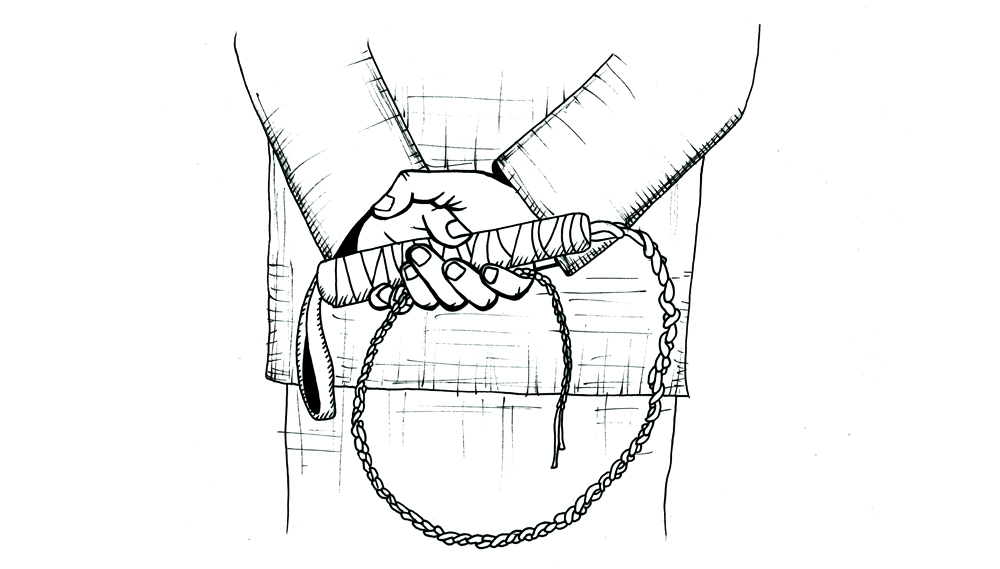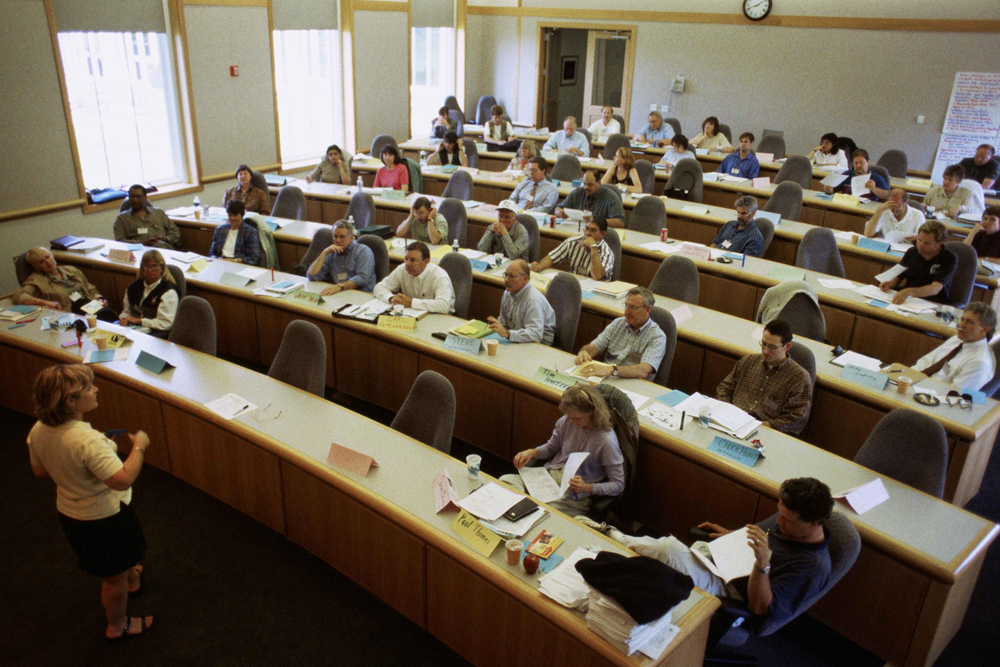Letters
Higher Education Board president responds to PSU funding issues
First, you were right to blame the use of an outdated formula for much of PSU’s relative underfunding on a per-student basis [“OUS funds schools based on outdated enrollment,” Oct. 18]. Any formula pegged to student counts taken three years ago will disadvantage faster-growing schools like PSU. But, you did not report that our Board of Higher Education flagged this problem last year when we requested an additional $18.7 million to match enrollment growth in the 2005-07 biennium. This was to be in addition to full funding for the Essential Budget Level (EBL). However, the budget considered by the legislature when it convened was about $45 million below the amount needed to reach the EBL.
During the budget process, the legislature considered a $4.9 million funding package for enrollment growth, but dropped that approach when it settled on $13 million “to support undergraduate education” through the Resource Allocation Model (RAM). Discussion centered on maintaining the formula that includes those three-year-old student counts, in part because of the need for stability for slower-growing regional universities. Our board was pleased to get the $13 million, but was not in a position to spend it differently than directed by the legislature.
Second, we were successful in our effort to limit the tuition increases to the projected increase in median family incomes in Oregon over the next two years. This should help low-income and middle-income students at all our universities. But that effort required an allocation of $17.3 million by the legislature to make up for the loss of revenue from projected tuition increases in the universities’ 2005-07 budgets. This 17.3 million was not subject to distribution by any formula like the RAM. We chose to distribute the 2005-06 portion of these funds based on previously projected tuition levels, a method that was agreed to by representatives of all four universities. If this distribution method proves to be inequitable, we can consider other methodologies for 2006-07.
Finally, there could be another $29 million available from the legislature’s budget for salary and benefit increases for OUS employees. The allocation of this amount need not be subject to the RAM formula but is still determined by our board.
We remain committed to securing funding that matches each university’s enrollment increases and reflects the totality of operating costs at each of our seven universities. We will take up this matter again as part of our recommendations for the 2007-09 budget, which we will prepare next year, and we will invite public testimony at that time about the inequalities in funding you cited in your story.
Henry Lorenzen
President, Oregon University System State Board of Higher Education
Putting an end to isolation
Three years ago there were seemingly great strides in the area of disability on the PSU campus as the Vanguard’s headline claimed: “Campus strives to accommodate as best as possible” [“Deconstructing Disability,” Nov. 11]. Hot issues ranged from American Disabilities Act accommodation to the creation of a degree program in Disability Studies.
Yet, on the surface, things appear to be much the same in 2005. There is no Disability Studies degree and ADA compliance is still a problem. This year the Annual Deconstructing Disabilities will be focusing once again on dance, this time with Seattle’s Light Motion Dance choreography and improvisation. DanceAbility and other related courses are now a fixed activity on campus, open to all. Students with Disabilities Union (SDU) is now Disability Advocacy Cultural Association (DACA), an organization funded by the Student Fee Committee the SALP Service & Advocacy cluster, and, sadly, we are still collecting hundreds of signatures on the DRC Space Petition.
Finals are approaching and ever-increasing numbers of students in need of accommodations are still subjected to the tiny offices and cubicles on the fourth floor of Smith Center, plagued with lack of confidentiality and health issues (fires and anxiety levels aside, the new study lounge put in last year was furnished in a very anti-disability fashion).
The difference, however, is deeper. While the campus continues to “strive to accommodate as best as possible,” hung up on space and slow elevators, we at DACA have taken on the task to move beyond “accommodation” and expand awareness, acceptance and access for all, fostering integration on every level of campus activity. The change from SDU to DACA also implies that we are a student organization that is not limited to people with physical or hidden disabilities, but built on cooperation that values the Disability perspective that all members of the PSU community can, indeed should, share.
While the struggle for accommodation would be difficult without the support of the university’s media, ASPSU, university committees, SDU and DACA constituents and staff past and present, the greatest barriers are the most daunting when a newspaper staff writer, for example, deems it “necessary” to ask my colleague what his disability is to write a better article.
Three years ago, deconstructing disabilities was “aimed at the ability of disabled people to overcome their hindrances”; today we are poised at the ability, indeed the hope of ABLED people to overcome their hindrances. PSU is still a long way from living up to its marketing image of “diversity.” Perhaps Portland State can match DanceAbility’s goal suggested in 2002: to end isolation.
Crystal Elinski
Advocacy and Outreach Coordinator
Disability Advocacy Cultural Association




